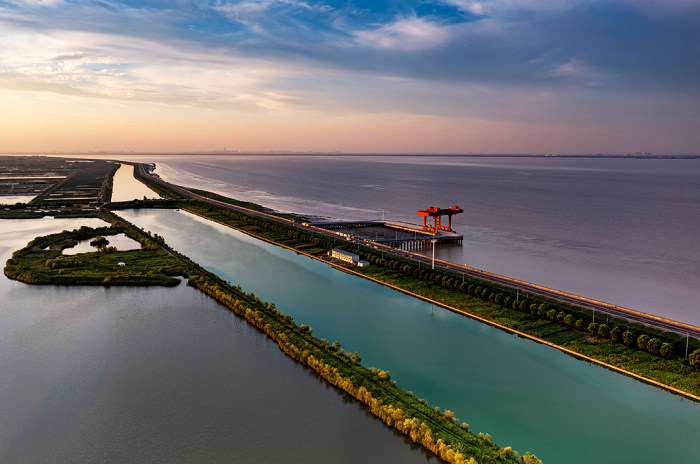Early planning the key to providing baby care
A new mother in Guangzhou, the capital city of South China's Guangdong province, chose a department store near her home as her preferred shopping destination because it has a convenient baby-care room.
The room has three private breastfeeding booths and several changing tables, and also provides free disposable breast pads and breast milk storage bags.
The woman said she was content with most of the baby-care rooms she had found in the city, but finding them was a problem due to a lack of online information or clear signage.
In recent years, more baby-care rooms have sprung up in public places across China as the country intensifies efforts to create a baby-friendly environment.
In 2016, Chinese authorities issued a guideline for improving facilities designated for new mothers and infants.
It said public places such as transportation hubs, commercial centers, hospitals, tourist attractions and recreational areas should establish independent baby-care rooms that provide basic facilities and are no smaller than about 10 square meters.
An action plan promoting breastfeeding across the country issued in 2021 proposed that, by 2025, 80 percent of public places should be equipped with mother-and-child facilities, and all workplaces with such needs should complete the construction of standardized breastfeeding facilities.
Despite all these measures, experts agree that more efforts are needed to enhance public access to mother-and-child facilities.
The main challenge is inadequate early planning, said Li Gang, a health official in Hangzhou, capital city of Zhejiang province.
Li said the failure to reserve space during initial planning and construction had caused difficulties in the subsequent installation of baby-care rooms in some locations.
"For newly built places, we work with operators to ensure suitable spaces are reserved for these rooms," Li said.
In recent years, various regions have been actively addressing the issues facing young mothers.
For instance, Zhejiang has formulated a local standard for the building and management of baby-care rooms and Hangzhou now has 738 such facilities.
Various regions have adopted new approaches to managing baby-care rooms. In Zhejiang, an online platform has been launched to enable parents to find nearby breastfeeding rooms and navigate to their exact location. Detailed information on the rooms is also provided.
-
Hangzhou welcomes massive addition to natural landscape
January 10, 2024
-
Hangzhou expects a 65.2% increase in tourist traffic over New Year holiday
December 29, 2023
-
Asian Games brings about great changes to Hangzhou
December 25, 2023
-
BRI 10 YEARS ON: Road to prosperity
October 16, 2023



